14 Tail-Wagging Truths About Our Canine Companions – International Dog Day 2025
Dogs have been our loyal companions for thousands of years and the more we learn about them, the more incredible they seem. From their extraordinary senses and emotional intelligence to their rich history and unique quirks, dogs continue to amaze and inspire us. This blog is dedicated to celebrating all the fascinating, heartwarming, and sometimes surprising facts about our four-legged friends. And what better time to honour them than on this year’s International Dog Day, a perfect moment to recognise the joy, loyalty, and love that dogs bring into our lives every day.

Jump to Section
- 1 1. Dogs are our Ancient Companions
- 2 2. The Nose Knows: Why Every Dog’s Sniffer is Special
- 3 3. Dogs Can Dream
- 4 4. Dogs Have Been To Space
- 5 5. A Dog’s Whiskers Are Super Sensitive
- 6 6. Dogs Have Three Eyelids
- 7 7. Dogs Are as Smart as a 2-Year-Old
- 8 8. The Basenji Dog Doesn’t Bark
- 9 9. Dogs can “Talk” to us and “Read” our faces
- 10 10. Dogs Can Hear Ultrasounds
- 11 11. Pawsitively Unique
- 12 12. Dogs Have a “Powerful” Sense of Direction
- 13 13. The Oldest Dog Breed
- 14 14. Dogs have a “Sixth Sense” for illness
- 15 Thanks for reading…
1. Dogs are our Ancient Companions
Our relationship with dogs stretches back thousands of years, making them one of the first animals to be domesticated by humans. Evidence suggests that dogs were domesticated from wolves around 15,000 to 40,000 years ago, with some of the earliest records of human-dog bonds found in ancient Greece and Egypt. In ancient Greece, dogs were highly regarded, often seen as loyal companions and protectors. They appeared in Greek mythology, like the famous tale of the three-headed Cerberus. Archaeological findings, including dog burials and ancient Greek art, show that dogs were both cherished pets and working animals.
Similarly, ancient Egypt holds significant evidence of the bond between humans and dogs. Dogs were depicted in Egyptian art as both companions and guardians. The Egyptians even mummified their dogs alongside their owners, indicating the special role they played in both daily life and in the afterlife. Dogs were highly valued for their loyalty, hunting skills, and protective instincts. From ancient civilisations to modern homes, the bond between dogs and humans has proven to be one of the most enduring and meaningful relationships in history.

2. The Nose Knows: Why Every Dog’s Sniffer is Special
Did you know a dog’s incredible sense of smell is partly thanks to their wet noses? The moisture on their noses helps capture scent particles more effectively, allowing them to pick up on even the faintest of smells. But that’s not all — every dog’s nose is as unique as a human fingerprint! The ridges and patterns on a dog’s nose are one of a kind, and in some places, they’re even used for identification purposes!
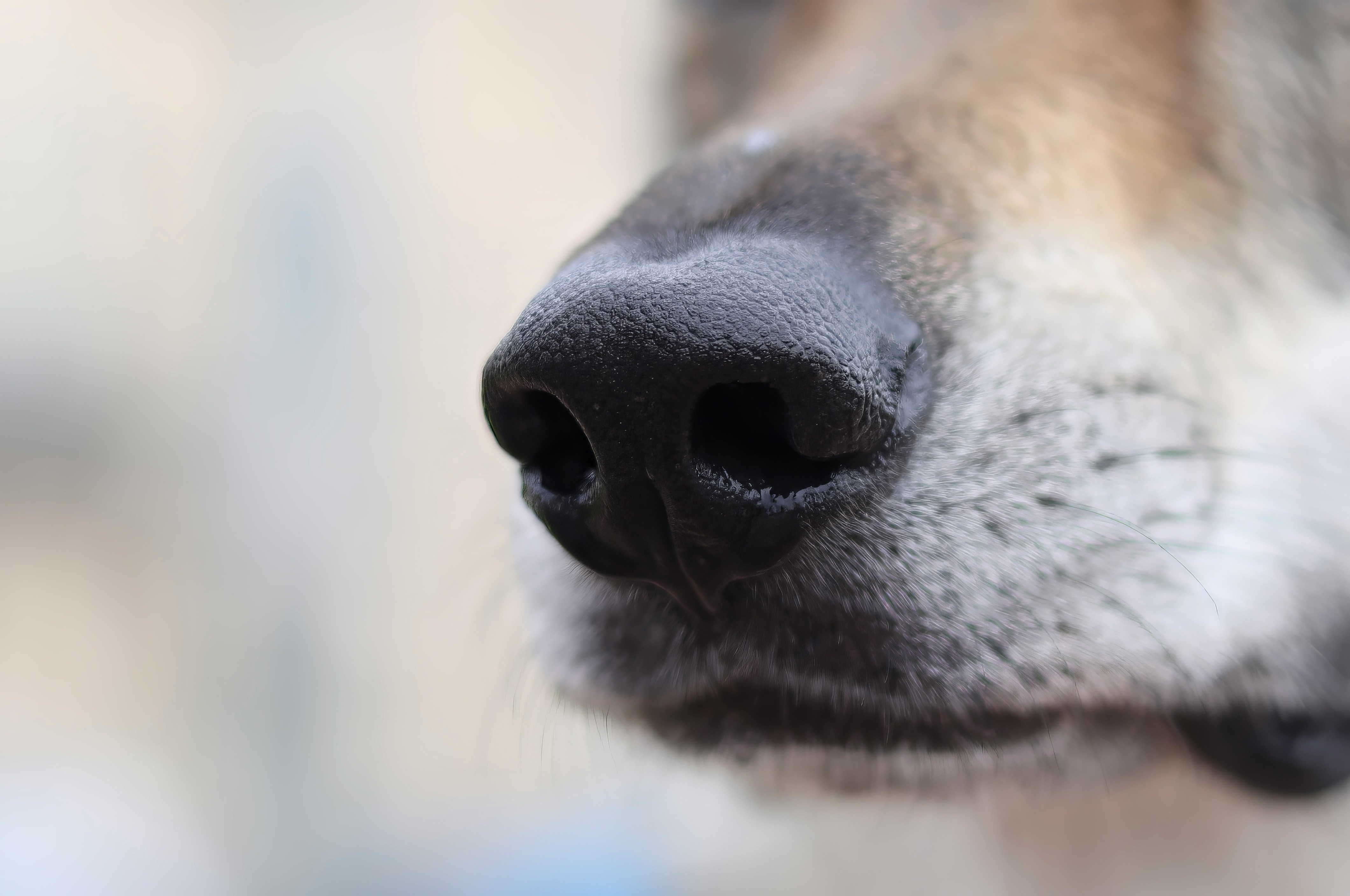
3. Dogs Can Dream
Just like humans, dogs experience REM (Rapid Eye Movement) sleep, which is when dreams occur. If you’ve ever seen your dog twitching, moving its paws, or even “barking” in its sleep, it’s likely dreaming! While we can’t know exactly what dogs dream about, it’s likely their dreams reflect the highlights of their day: chasing squirrels, playing with their favourite ball, exploring their favourite walking spots, or maybe even soaking up some extra belly rubs from their favourite human.

4. Dogs Have Been To Space
Laika, a stray dog from the streets of Moscow, made history in 1957 as the first animal to orbit the Earth aboard Sputnik 2, becoming one of the earliest pioneers of space exploration. Sadly, Laika died during the mission, as the spacecraft was never meant to return. In the years since, one of the mission’s leading scientists, Oleg Gazenko, publicly expressed deep regret over her fate, saying: “Work with animals is a source of suffering to all of us. We treat them like babies who cannot speak. The more time passes, the more I’m sorry about it. We shouldn’t have done it […] We did not learn enough from this mission to justify the death of the dog.”
Laika has since been honoured with a statue and plaque at Star City, Russia’s cosmonaut training facility, and her legacy lives on through comics, postage stamps, songs, and tributes around the world. Today, she stands as a powerful symbol representing both a landmark moment in scientific progress and an enduring reminder of the ethical responsibilities we hold towards the animals who serve alongside us in the pursuit of discovery.
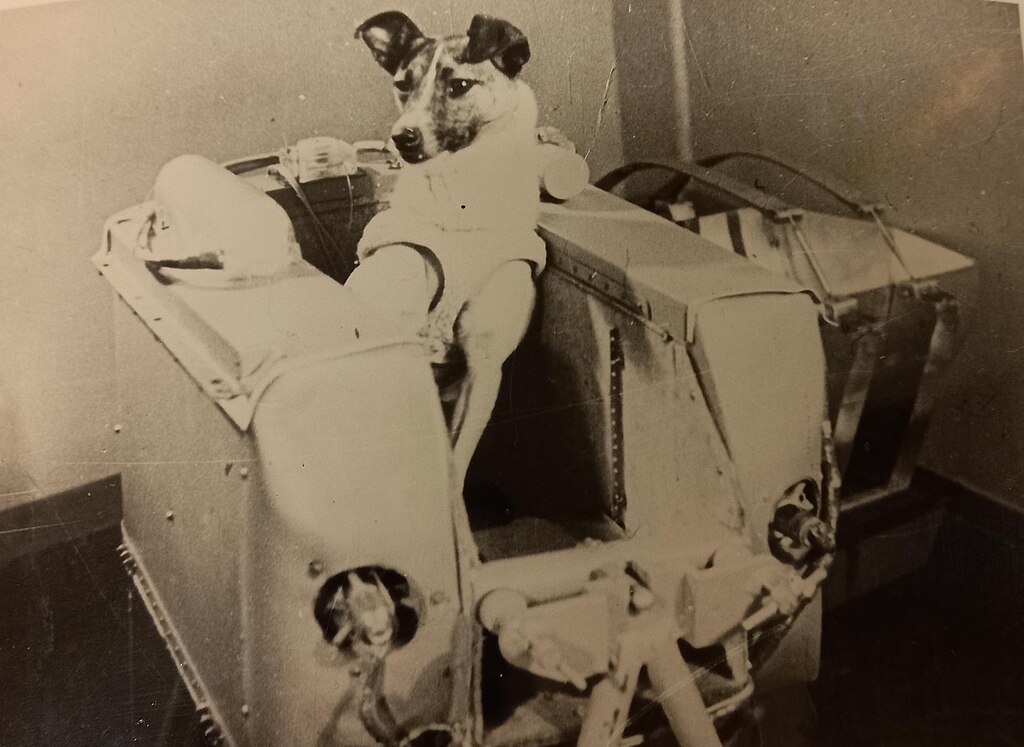
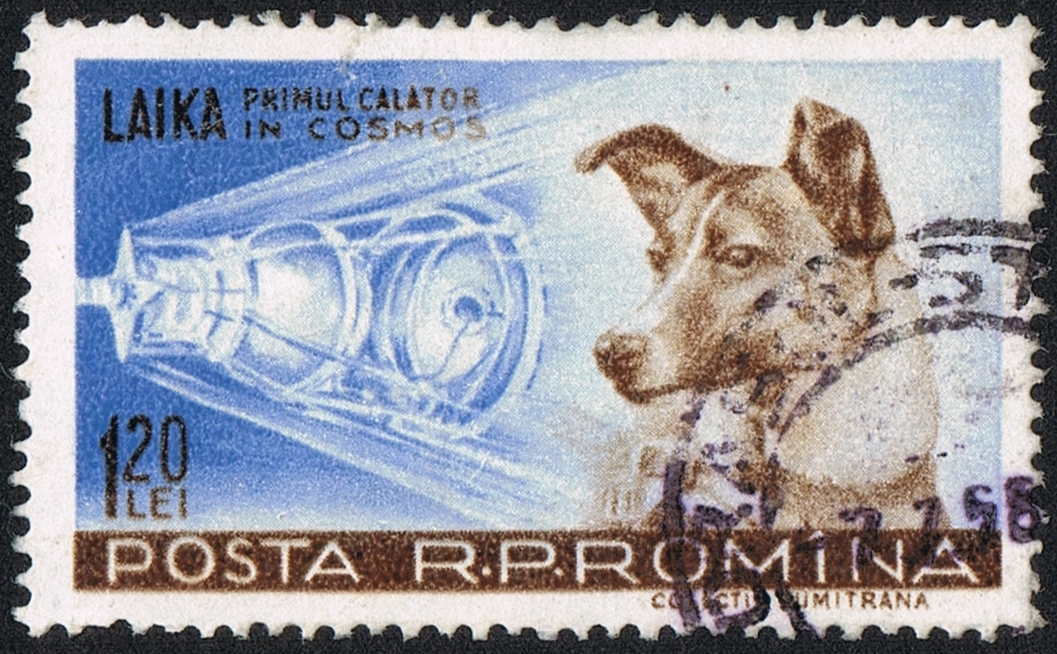
5. A Dog’s Whiskers Are Super Sensitive
Whiskers aren’t just for “feeling” things out, they also help dogs gauge the space around them. They are deeply embedded in their skin and connected to sensitive nerve endings, so they help dogs navigate, especially in the dark or when they’re in close quarters.

6. Dogs Have Three Eyelids
Dogs have a third eyelid, called the nictitating membrane, which helps keep their eyes moist and protects them from dirt and debris. It’s most visible in certain breeds when they’re sleepy or unwell.

7. Dogs Are as Smart as a 2-Year-Old
Research has shown that dogs can understand about 165 words, signs, and signals. Some particularly clever dogs (like Border Collies, German Shepherds and Golden Retrievers) have been known to learn up to 1,000 words or more! Their ability to understand human language places their cognitive abilities on par with a human toddler.

8. The Basenji Dog Doesn’t Bark
One of the most unique and fascinating dog breeds is the Basenji, often called the “barkless dog.” Unlike most dogs, Basenjis don’t bark and instead produce a range of unusual sounds, including a distinctive yodel-like noise known as a “baroo.” This is due to the unique shape of their vocal cords. Despite their quiet reputation, Basenjis are far from silent. They communicate through a mix of whines, growls, and howls, and they’re also highly expressive with their body language and tail movements.
Not only are they vocal in their own special way, but Basenjis are also one of the oldest domesticated dog breeds. Originating in Central Africa, particularly in regions of modern-day Congo, they have a history that dates back over 5,000 years.

9. Dogs can “Talk” to us and “Read” our faces
While dogs might not speak our language, they’re excellent communicators in their own right. They’re remarkably good at picking up on human emotions through body language, tone of voice, and even specific words or phrases. In fact, research shows that dogs can recognise and respond to a surprising number of verbal cues with impressive accuracy.
What’s more, dogs can read human facial expressions, often sensing emotions like happiness, sadness, or anger. They may even adjust their behaviour depending on how we’re feeling with some studies suggesting that dogs are more likely to approach people who show positive facial expressions.
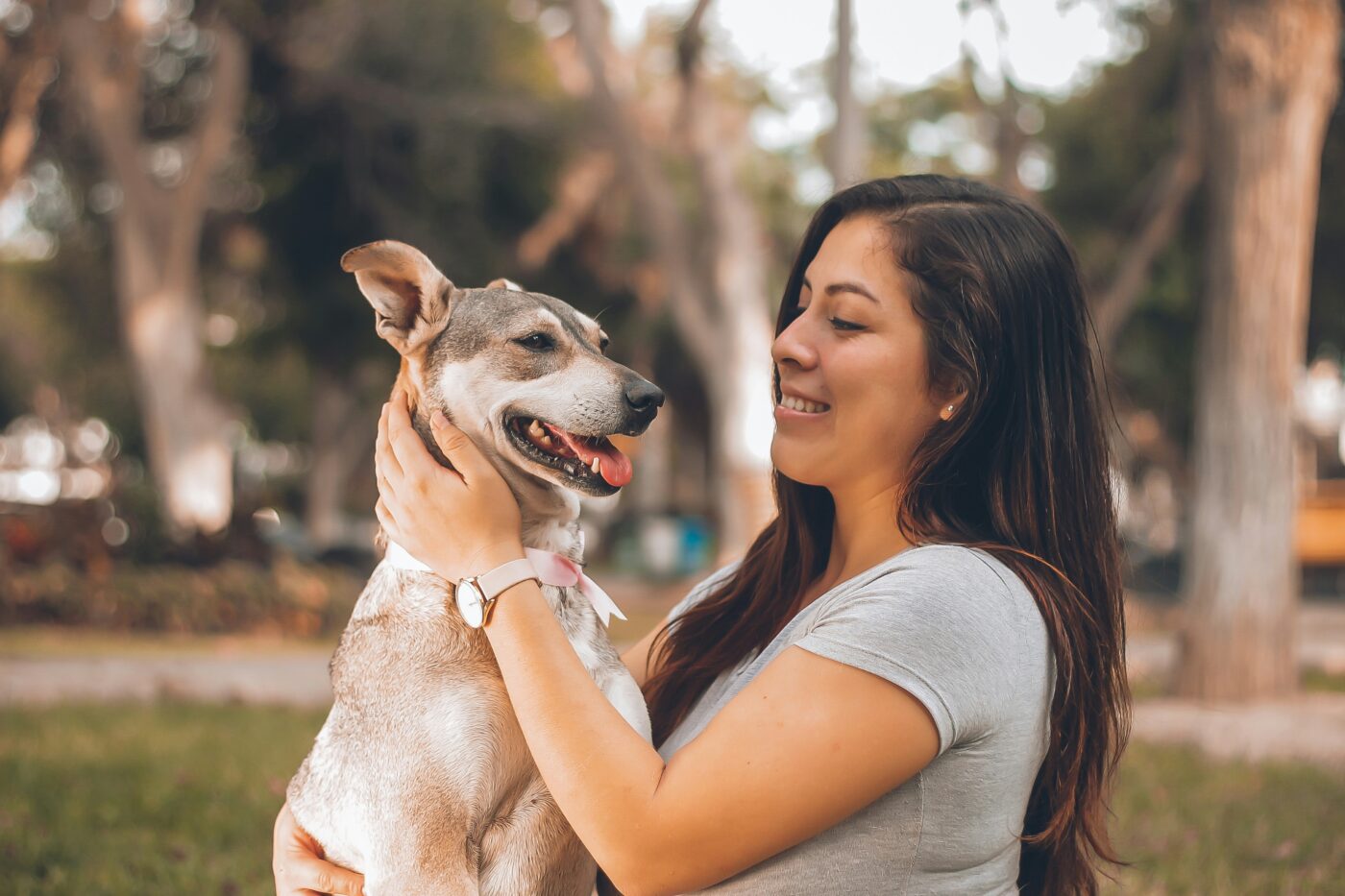
10. Dogs Can Hear Ultrasounds
Dogs have much better hearing than humans, and it plays a key role in how they experience the world. While we can hear sounds up to around 20,000 Hz, dogs can detect frequencies as high as 65,000 Hz. This incredible range means they can pick up on sounds that are completely inaudible to us, like the high-pitched tones of a dog whistle.
Their sensitive hearing also helps them detect distant or subtle noises, which is one reason they often react to things long before we notice them. Some breeds, especially those developed for hunting or herding, have particularly acute hearing, making them excellent working companions.
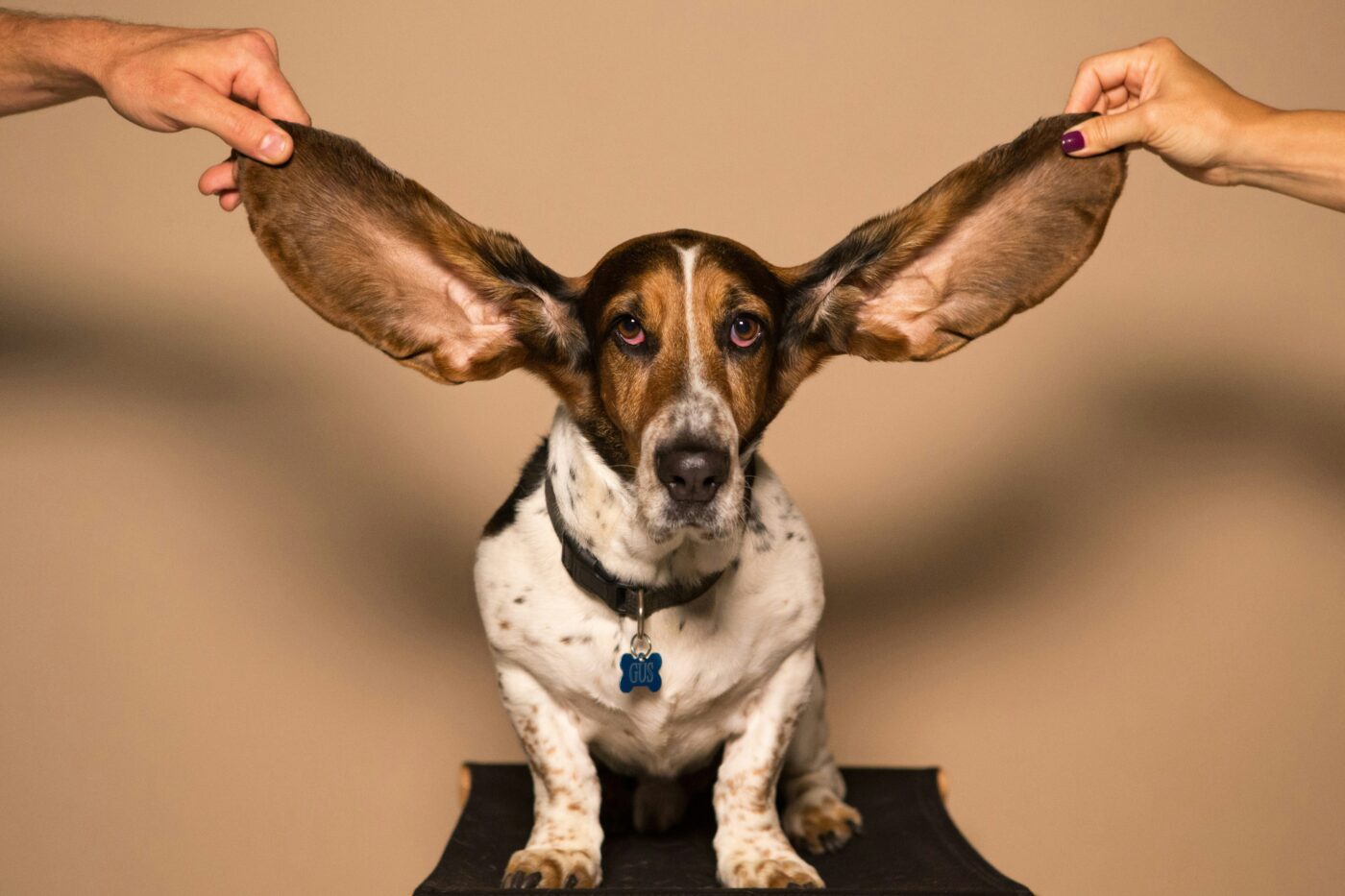
11. Pawsitively Unique
Unlike humans, dogs don’t sweat all over their bodies to cool down. Instead, they sweat only through their paw pads, which is why you might occasionally spot damp paw prints, especially if your dog is feeling hot or nervous. But those paw prints aren’t just functional, they’re also completely unique. Just like a dog’s nose print, each paw print has its own distinct pattern, shaped by the dog’s anatomy and walking style. It’s no wonder some pet owners choose to turn their dog’s paw prints into personalised artwork!

12. Dogs Have a “Powerful” Sense of Direction
It’s widely believed that dogs have an impressive sense of direction, with many able to mentally map familiar areas and navigate their way home over long distances. There are countless stories of lost dogs travelling several miles to be reunited with their owners, showcasing remarkable tracking abilities. However, much of the evidence remains anecdotal, and scientific research into the exact mechanisms behind this skill is still limited.
Recent studies suggest that dogs may be able to sense the Earth’s magnetic field, giving them a kind of internal compass to aid their navigation. When combined with their other extraordinary senses, this could help explain their strong directional abilities. As Jaqueline Boyd, Senior Lecturer in Animal Science at Nottingham Trent University, explains: “They don’t rely on a single mechanism but use lots of senses and experiences at the same time.”

13. The Oldest Dog Breed
The Saluki is often regarded as one of the oldest known dog breeds, with evidence suggesting they existed as far back as 4,000 to 5,000 years ago in ancient Egypt and the Middle East. These elegant dogs were highly valued for their exceptional speed and hunting ability, and were frequently associated with royalty and nobility. But the Saluki wasn’t admired solely for its hunting skills, its grace and beauty were also celebrated, with depictions found in ancient art and literature that highlight both its athleticism and elegance.

14. Dogs have a “Sixth Sense” for illness
Dogs are known to have an incredible sense of smell, but some dogs are also believed to detect illness in humans. There have been numerous reports of dogs alerting their owners to conditions like cancer, diabetes (by sensing blood sugar changes), and even seizures, often before symptoms are noticeable to the person.
One of the organisations that have taken this remarkable ability to the next level is Medical Detection Dogs, a UK-based charity. The organisation trains dogs to detect human diseases and medical conditions, assisting individuals in managing their health.
Scientists are still researching exactly how dogs are able to detect illness so effectively. Many believe that dogs can detect changes in volatile organic compounds (VOCs) that are produced by diseased cells. These VOCs are often emitted through breath, skin, or urine, and dogs’ extraordinarily sensitive noses can pick up on these tiny chemical changes at concentrations that humans can’t even perceive.
The ability of dogs to detect illness is a powerful example of their deep connection with humans and their extraordinary senses.
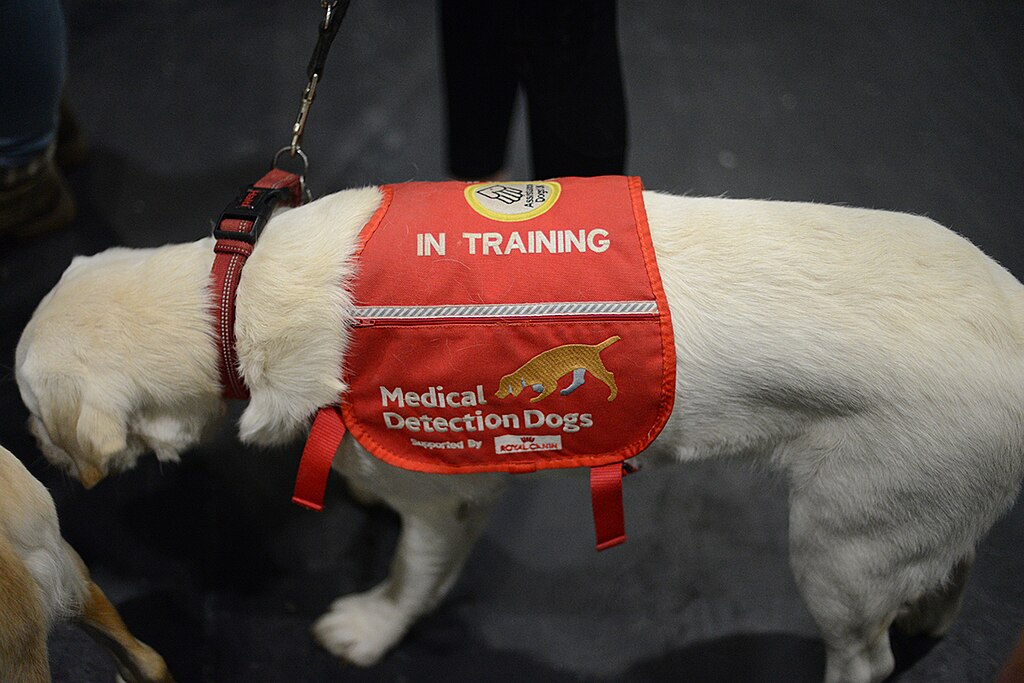
If you found this post fascinating, check out my dog themed silver jewellery in my shop.
Feel free to share this post, and let me know in the comments which fact surprised you the most. Until next time!

Thanks for reading…
Here are a few things you might like to check out:
- My ethical policy — Learn about how I make my jewellery, my packaging, and my sustainable approach.
- About me — Find out more about me and how I started Elouise Makes.
- Shop the collection — Browse my animal-inspired recycled silver jewellery.
- Caring for your silver jewellery — Tips on keeping your jewellery looking its best.
- My shipping policy — Everything you need to know about delivery and returns.
- Find me on Instagram — Follow for updates, jewellery photos, and fun animal facts.
The best way to hear from me is to sign up to my newsletter for special offers and updates. I only send one per month, so there’s no spam!
